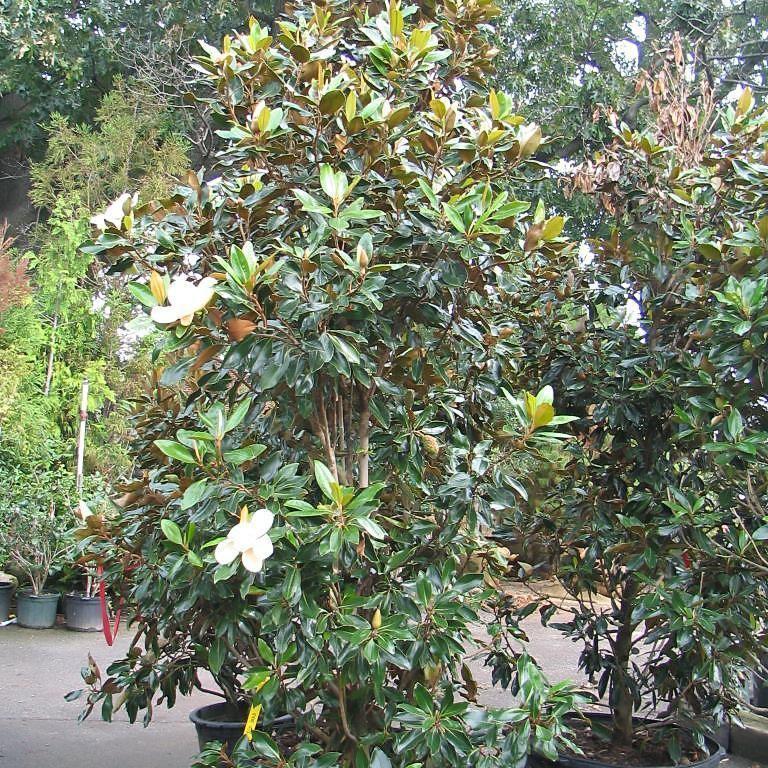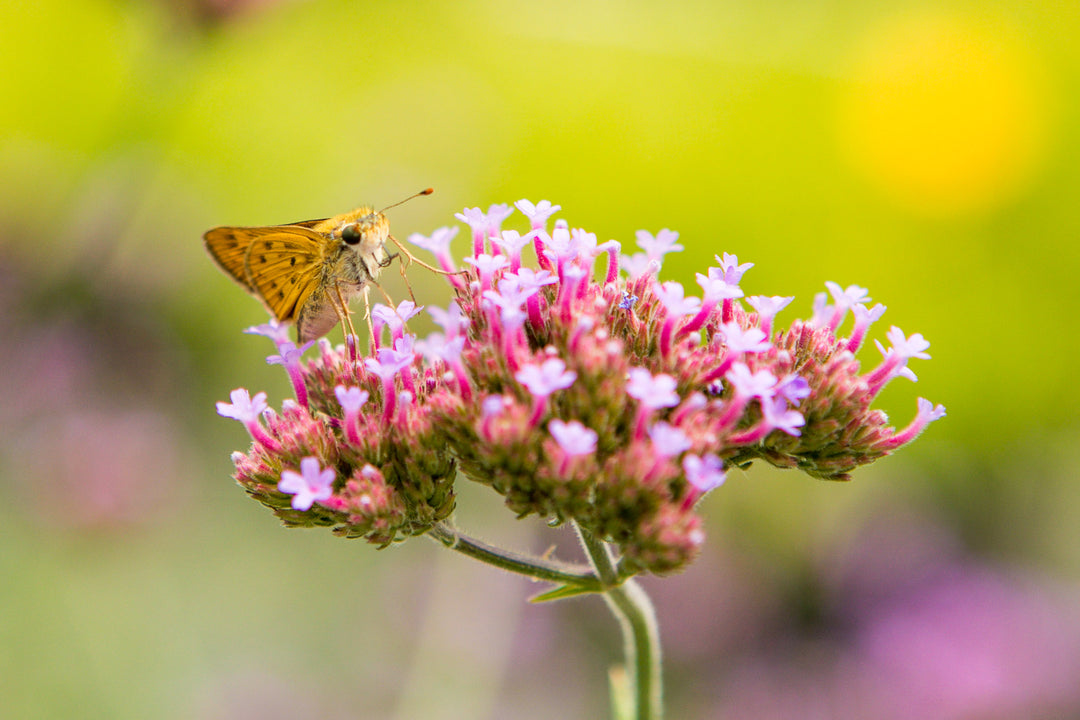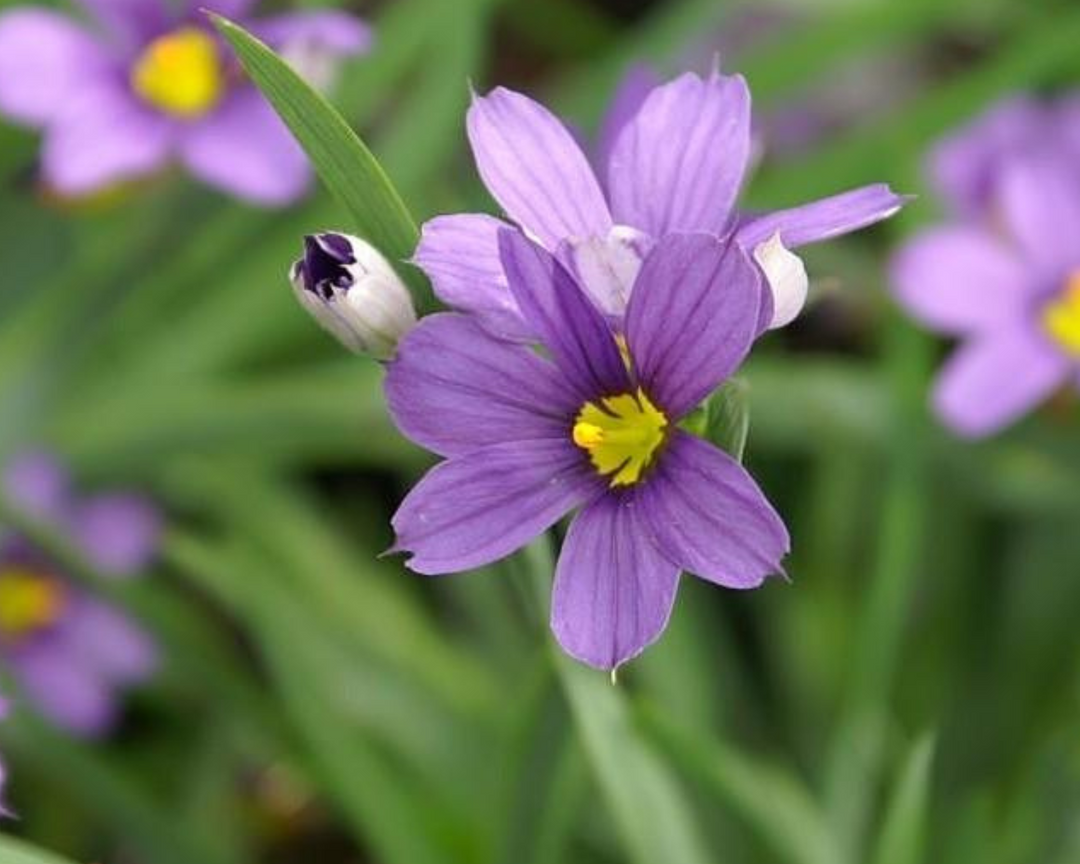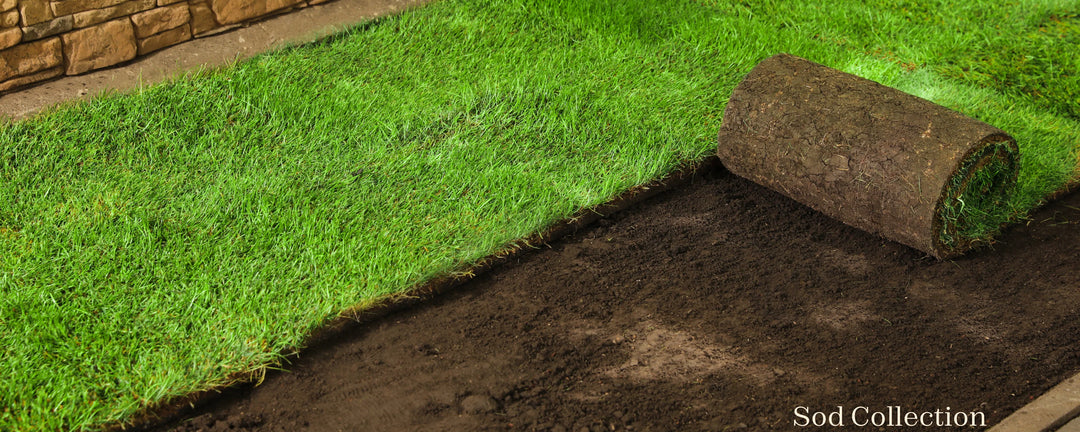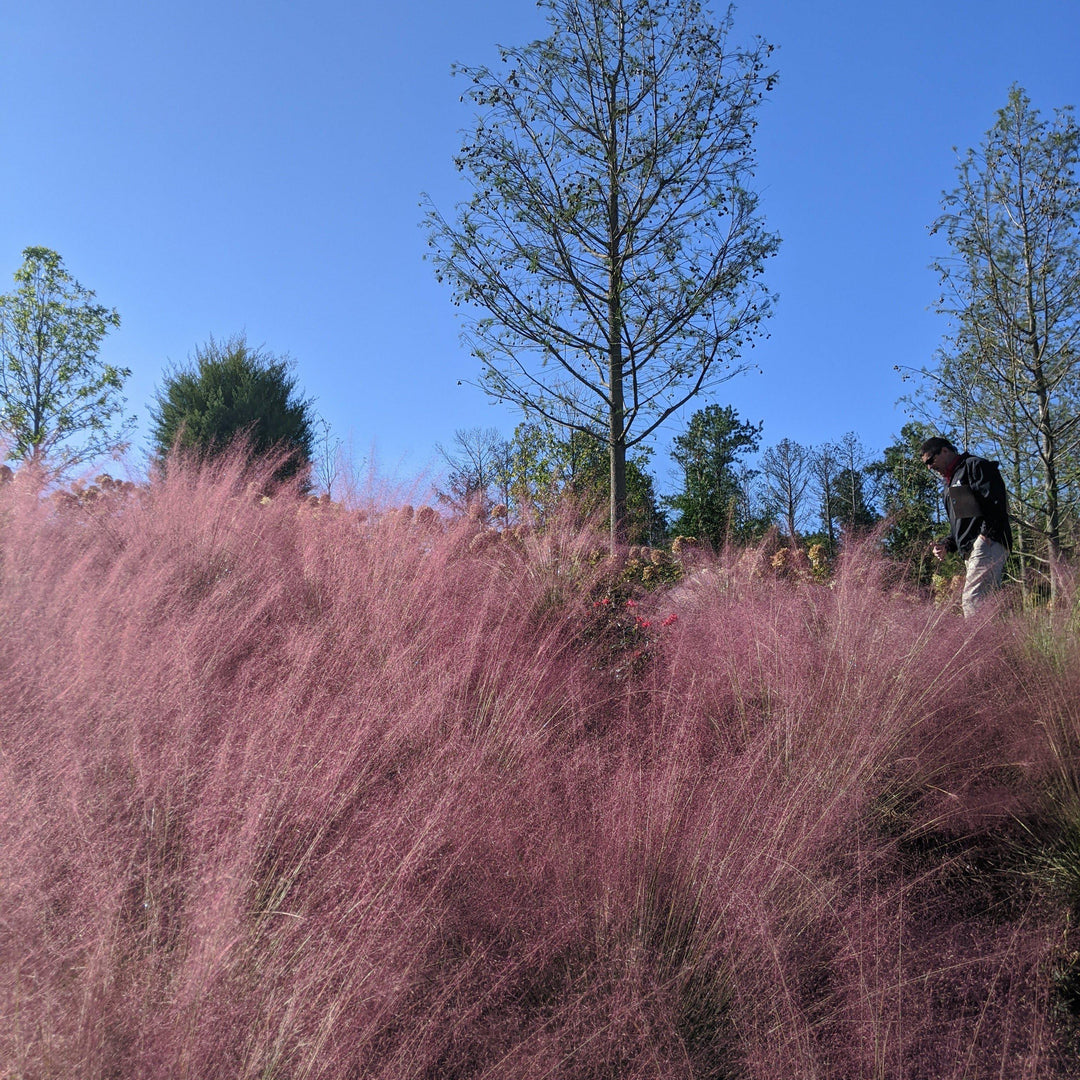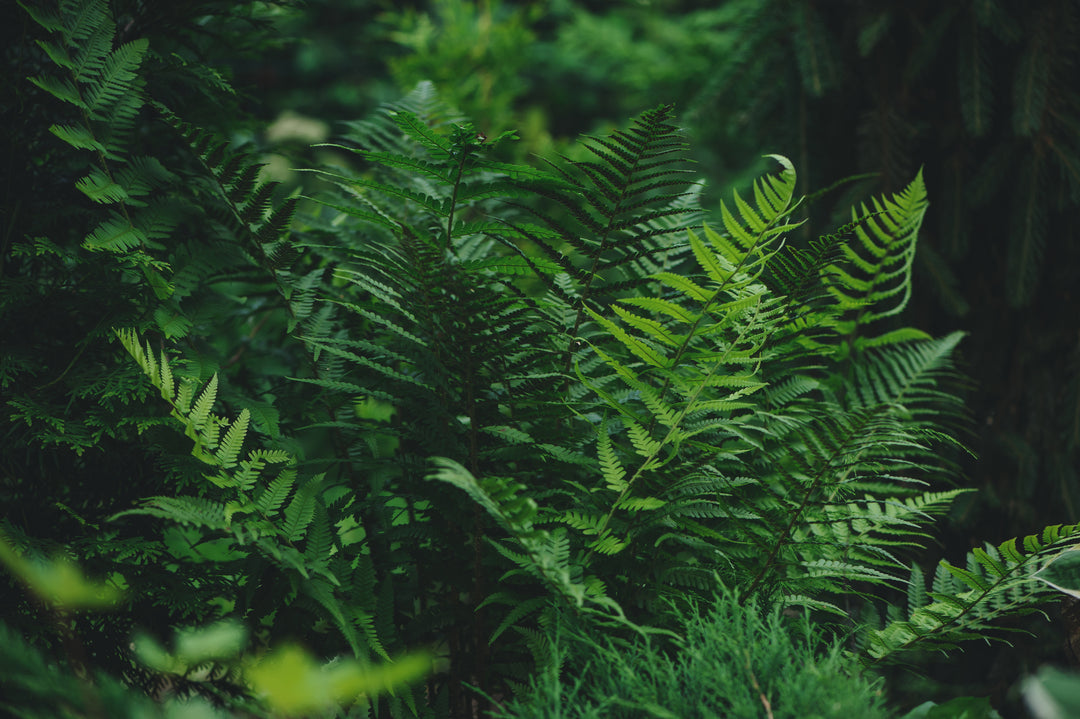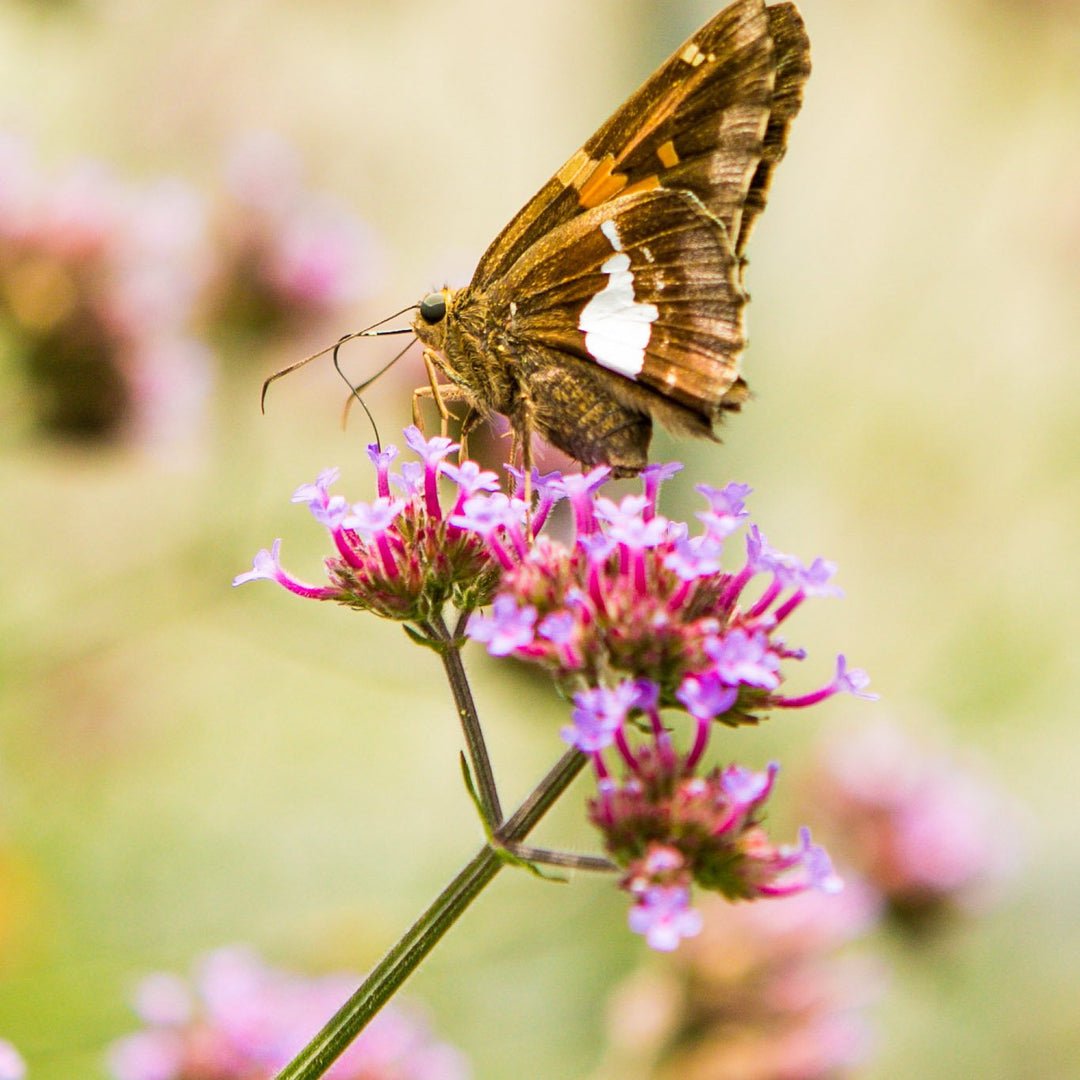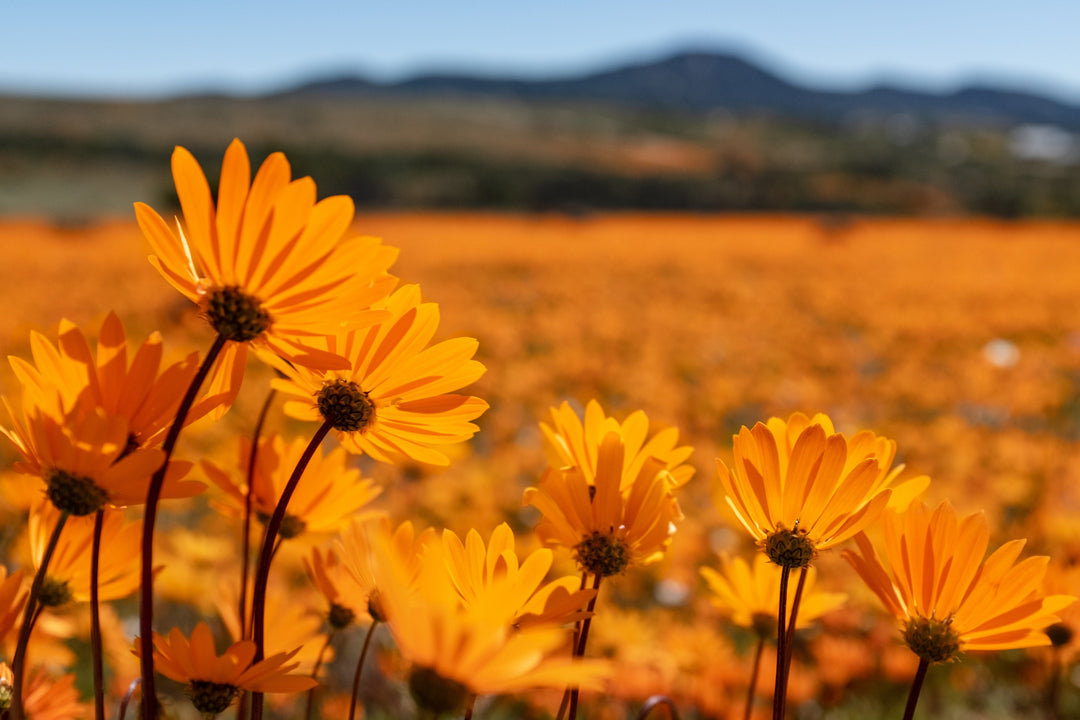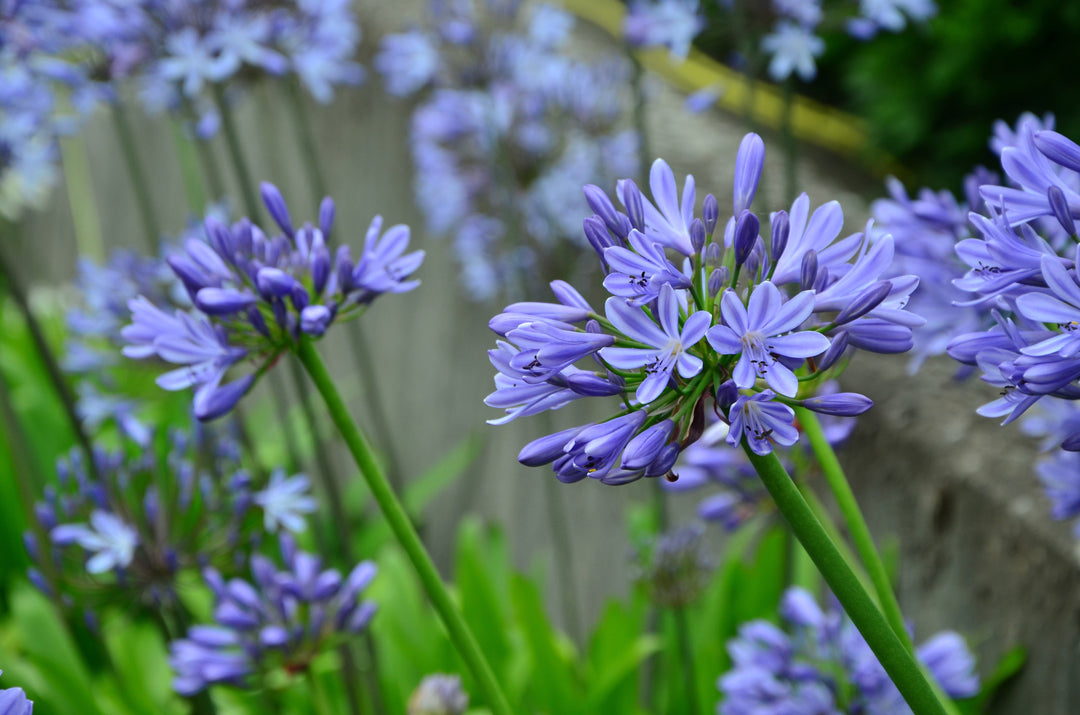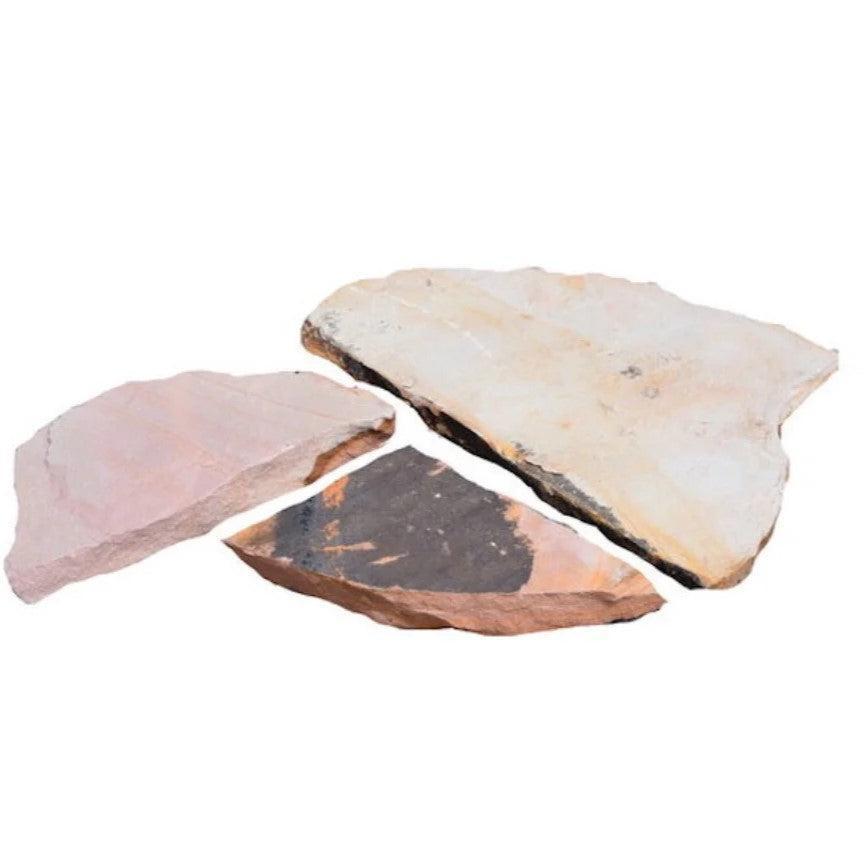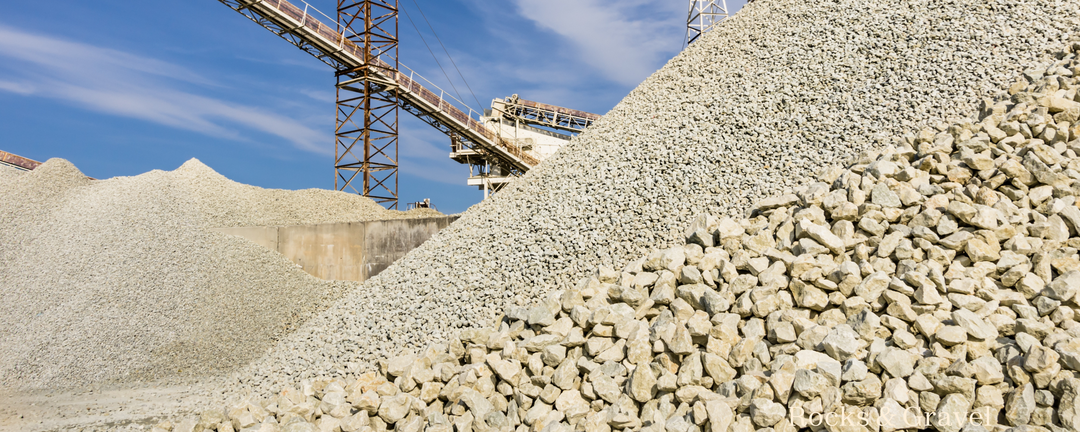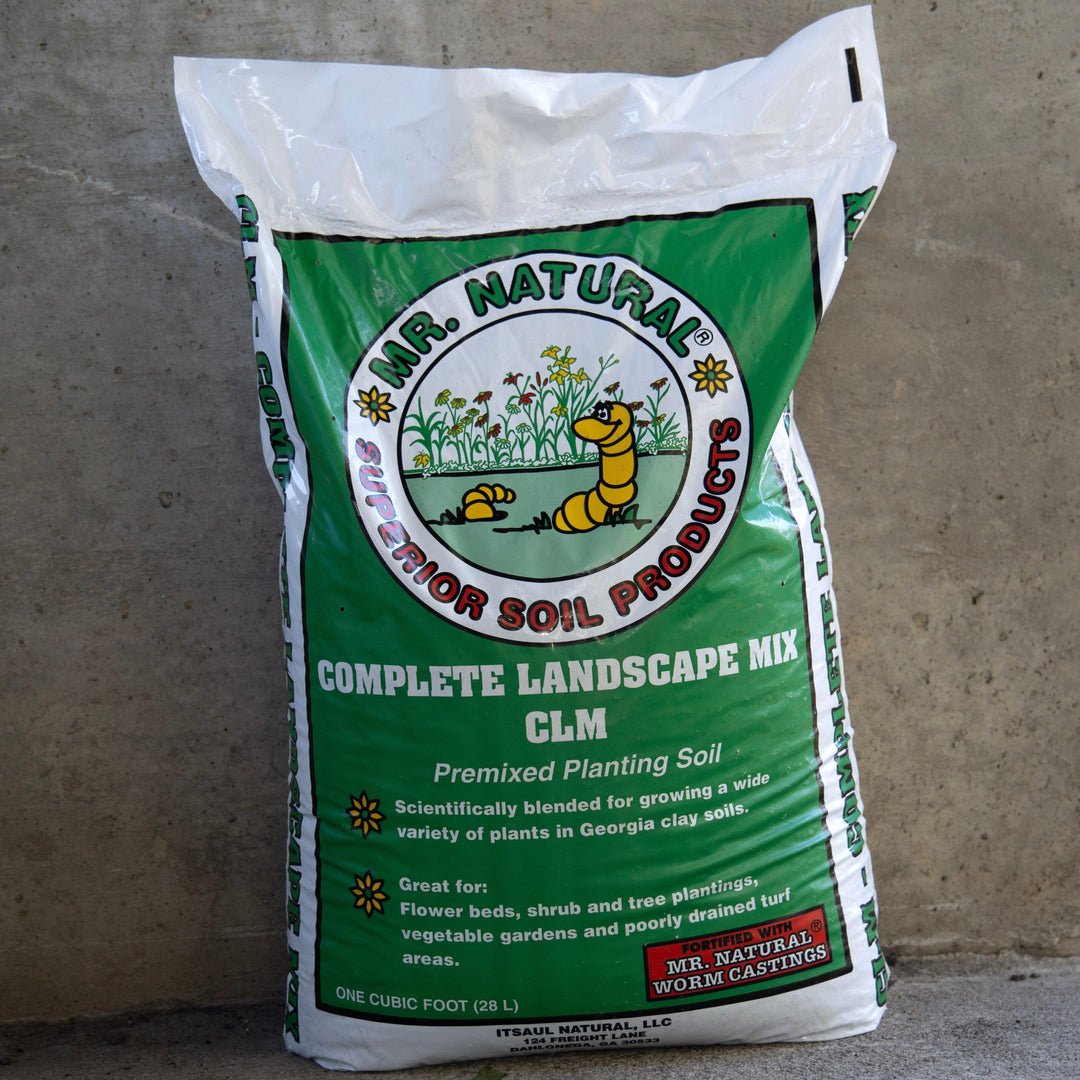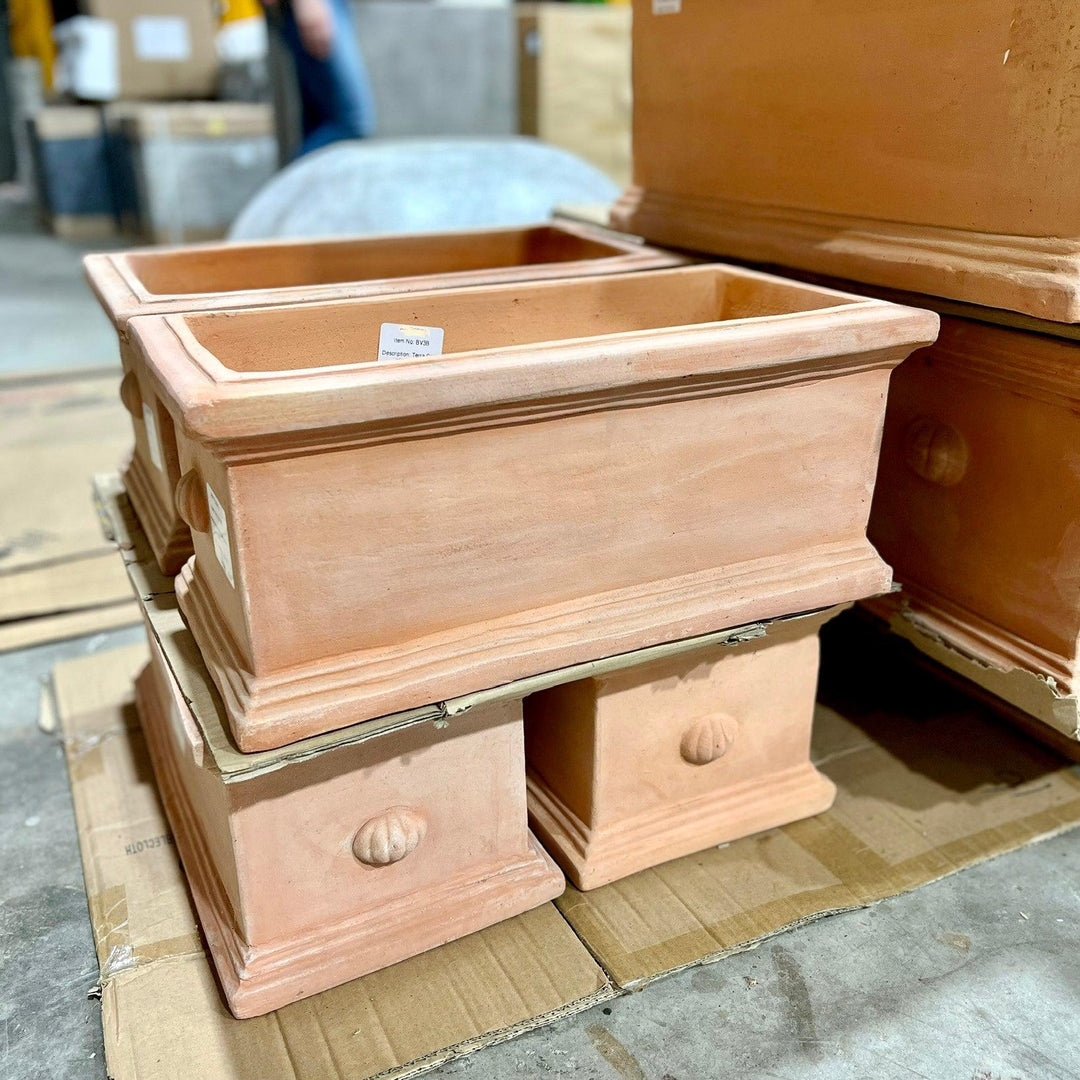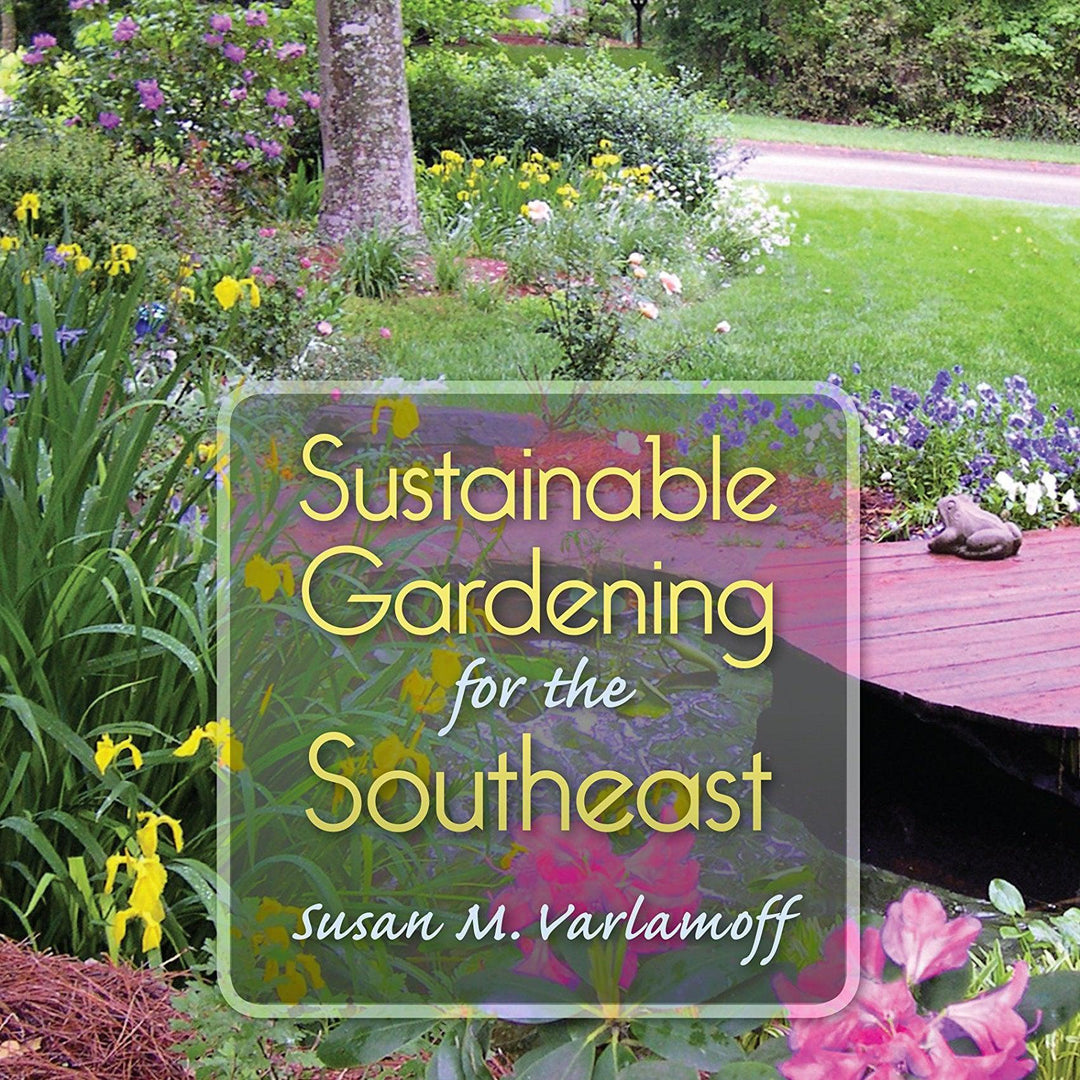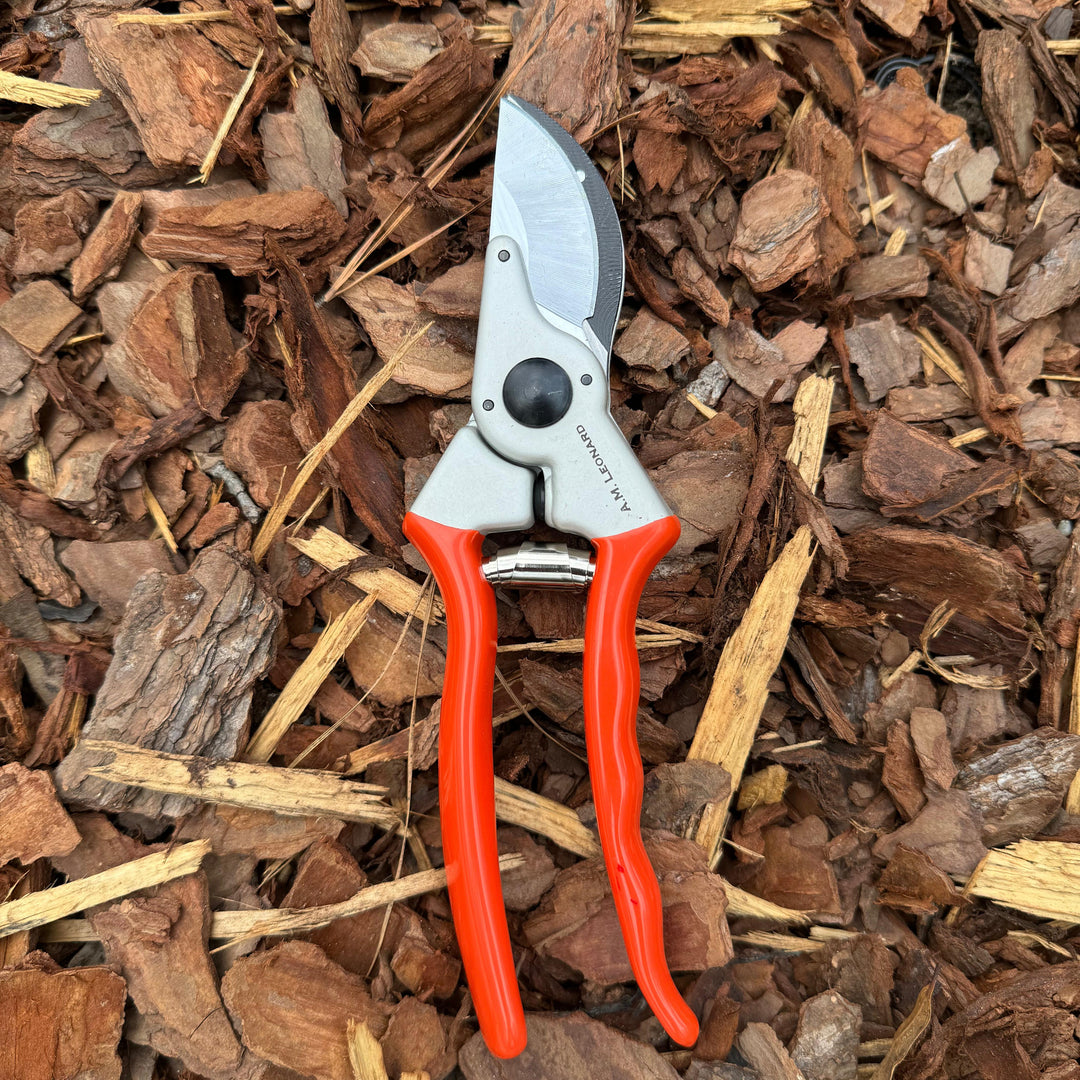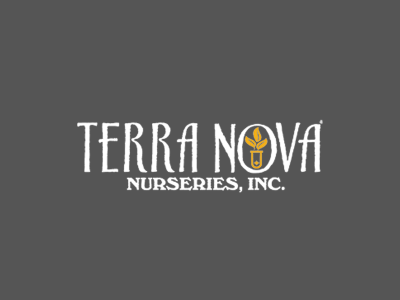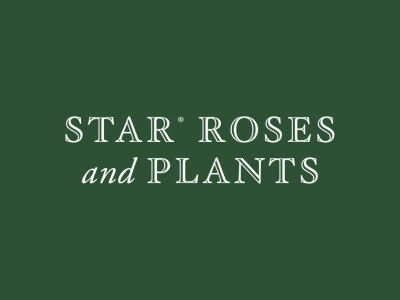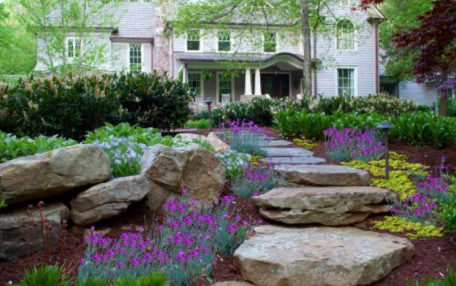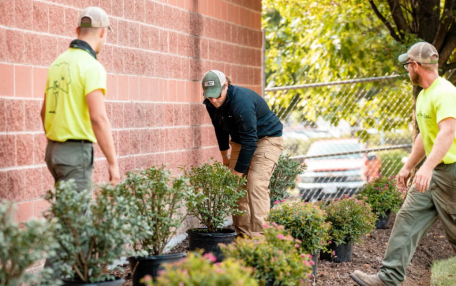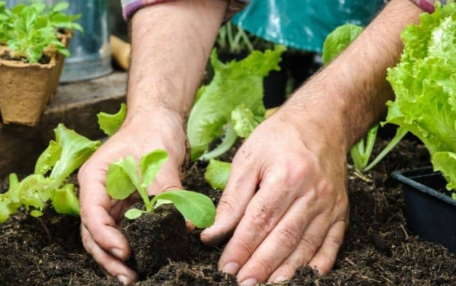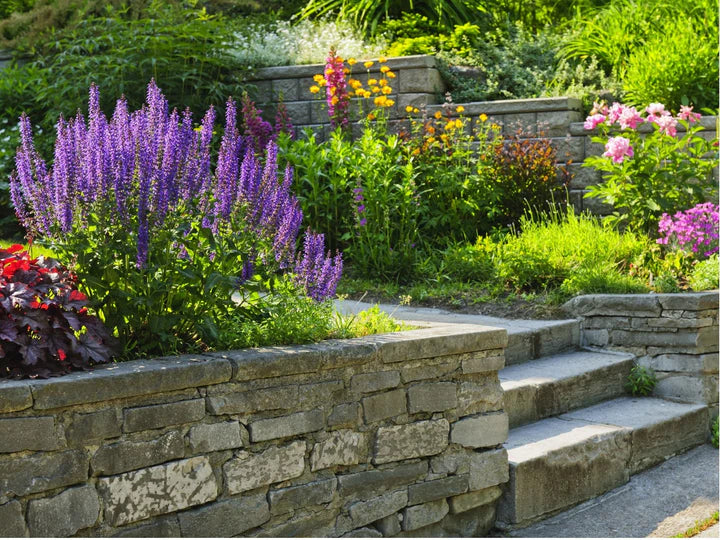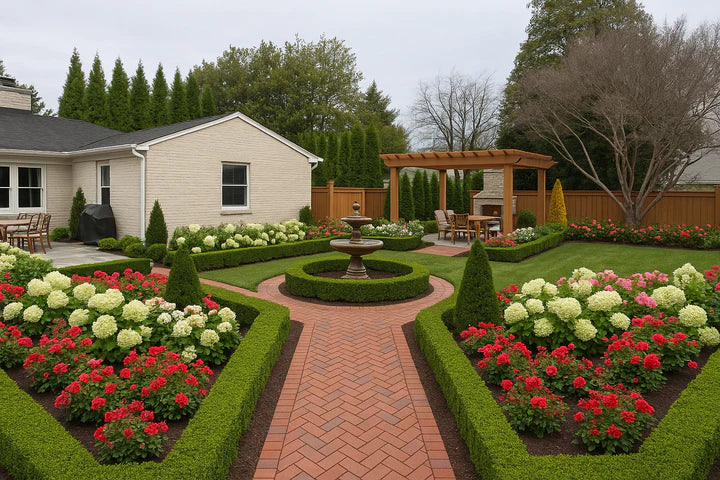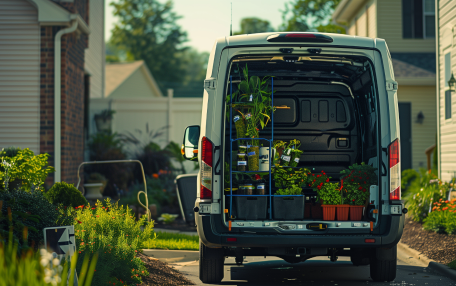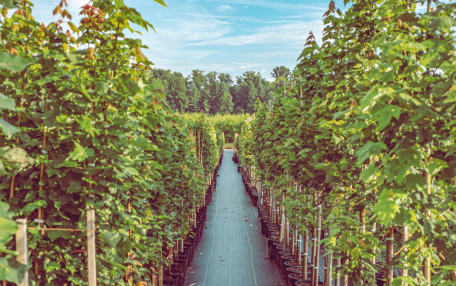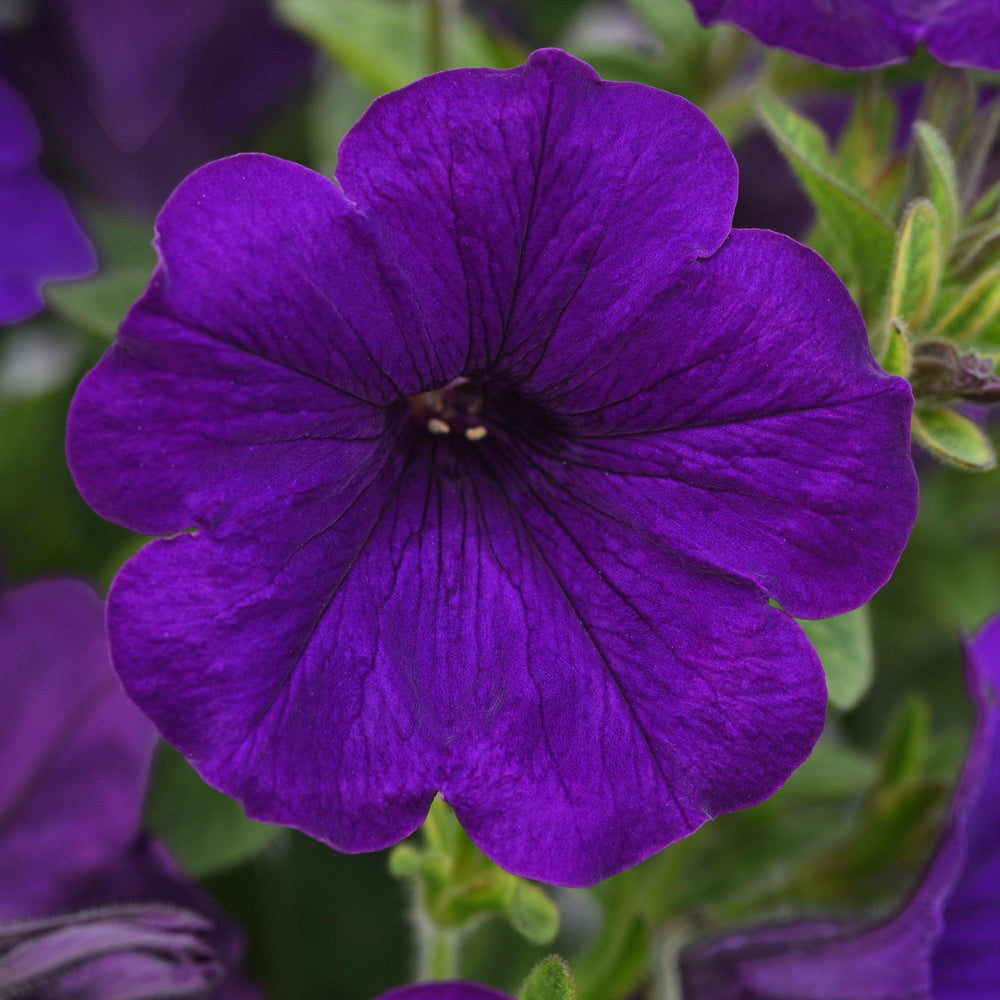Planting for High Water Needs in Drier Soils: Designing for Marginal Plants Without the Marsh
Not every garden site offers the ideal moist, loamy conditions preferred by water-loving or marginal plants. But that doesn’t mean you have to give up on lush foliage, dramatic blooms, or native wetland species. With thoughtful design and smart planting techniques, it’s possible to successfully grow high-water-needs plants—even in drier or well-drained soils.
What Are Marginal Plants?
Marginal plants are species that naturally thrive in damp soil, such as the edges of ponds, streams, or bogs. They often have lush, broad leaves and vibrant flowers, and they provide habitat for pollinators and wildlife. In gardens, they’re used to bring a soft, lush look to borders and lower-lying areas.
Design Strategies for Moisture-Loving Plants in Dry Areas
If your landscape isn’t naturally wet, these strategies can help simulate the right environment:
1. Create a Microclimate
Design planting areas that retain moisture better by:
-
Planting in low-lying areas or swales that naturally collect water.
-
Grouping high-water plants together to reduce evaporation and allow more targeted irrigation.
-
Using large-leafed or dense plantings around marginal species to offer shade and retain humidity.
2. Amend the Soil
Improve your soil’s water-holding capacity by:
-
Mixing in organic compost, leaf mold, or peat moss to increase moisture retention.
-
Avoiding sand, which drains too quickly for marginal plants.
-
Incorporating biochar or coir for long-term structure and water-holding properties.

3. Use Moisture-Retaining Mulch
Organic mulches like shredded bark, straw, or composted leaves help keep the soil cool and moist, reducing the need for frequent watering.
4. Install Drip Irrigation or Soaker Hoses
Consistent, slow watering directly to the roots helps maintain the damp conditions marginal plants need without wasting water or over-saturating the soil.
5. Build a Bog Bed or Artificial Wet Spot
Dig a shallow depression, line it with pond liner (with a few drainage holes), and backfill with organic-rich soil. This creates a moisture-trapping basin perfect for marginal plants.
Plant Suggestions for High Water Needs
Here are plants known for their love of moisture, along with tips on how to grow them in non-wet soils:
Perennials
-
Cardinal Flower (Lobelia cardinalis) – Brilliant red blooms attract hummingbirds. Needs consistently moist soil; mulch heavily and water regularly.
-
Swamp Milkweed (Asclepias incarnata) – Great for pollinators and tolerant of periodic dryness once established.
-
Joe Pye Weed (Eutrochium purpureum) – Tall, dramatic native with dusky-pink blooms; appreciates regular watering and some afternoon shade.
Grasses & Grass-Like Plants
-
Soft Rush (Juncus effusus) – Architectural and clumping; thrives in heavy moisture but adapts with irrigation.
-
Blue Sedge (Carex flacca) – A fine-textured sedge that does well with moderate water once established.
Shrubs
-
Summersweet (Clethra alnifolia) – Fragrant blooms and strong pollinator value; prefers damp spots but grows well with irrigation.
-
Virginia Sweetspire (Itea virginica) – Tolerant of varied soils with enough moisture; brilliant fall color.
Ferns
-
Royal Fern (Osmunda regalis) – Graceful, tall fronds that love moisture but adapt with heavy mulching and shady placement.
-
Cinnamon Fern (Osmundastrum cinnamomeum) – Tolerates sun if kept consistently moist; ideal for shaded, irrigated garden beds.

Maintenance Tips
-
Monitor Soil Moisture – A simple soil moisture meter or the finger test can help you know when to water.
-
Mulch Generously – Apply 2–3 inches of mulch to retain moisture and regulate temperature.
-
Water Deeply – Encourage deeper root systems that are better able to access water in dry periods.
-
Divide and Replant – Some marginal plants spread quickly. Dividing every few years keeps them vigorous and gives you more plants for free.
Conclusion
Designing for high-water-need and marginal plants in dry soils is all about smart placement, soil improvement, and consistent moisture management. Whether you’re drawn to their bold textures, wildlife benefits, or lush look, these plants can absolutely find a home in your garden—even without a pond nearby. With the right preparation, your garden can flourish with vibrant, moisture-loving beauty where you least expect it.

